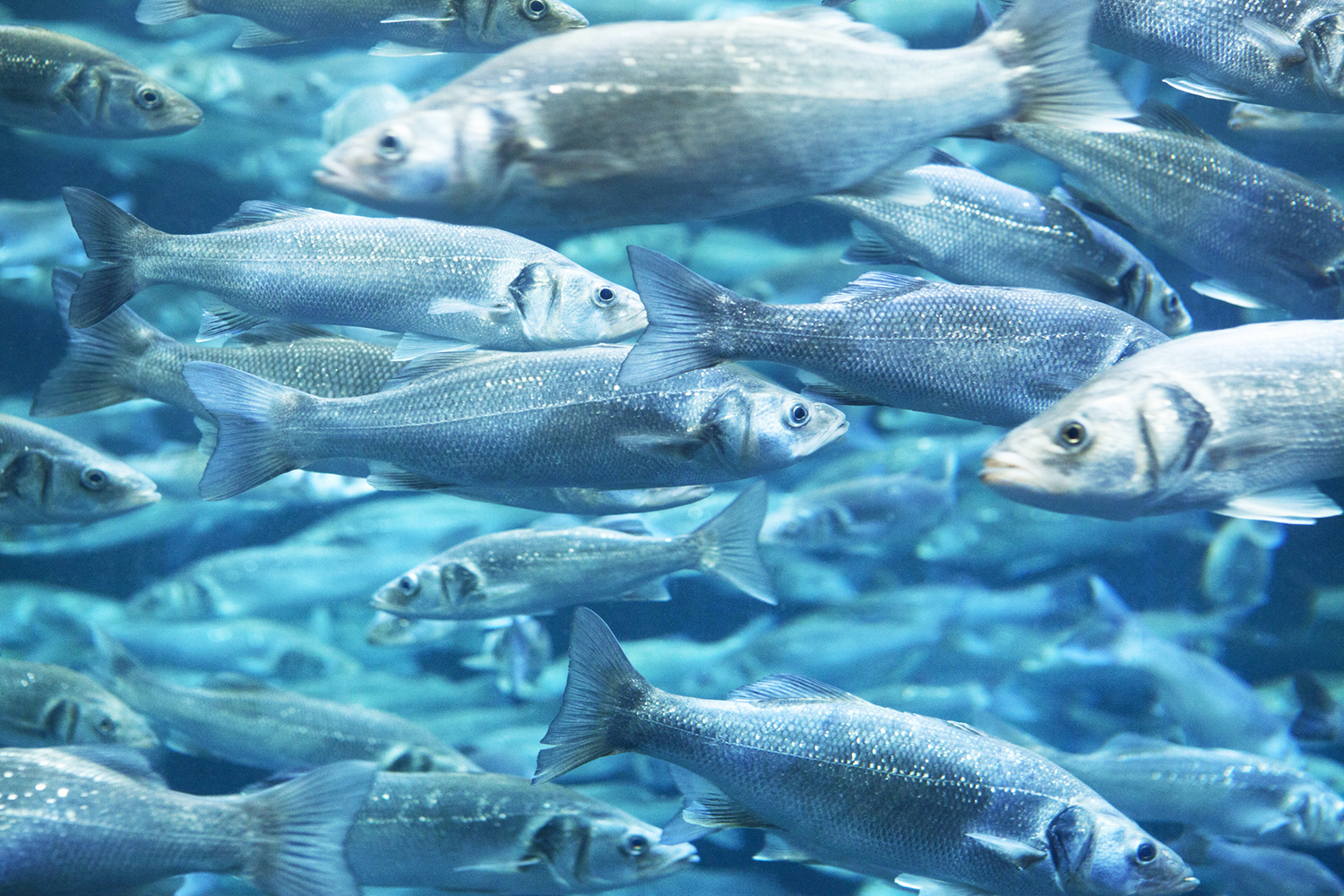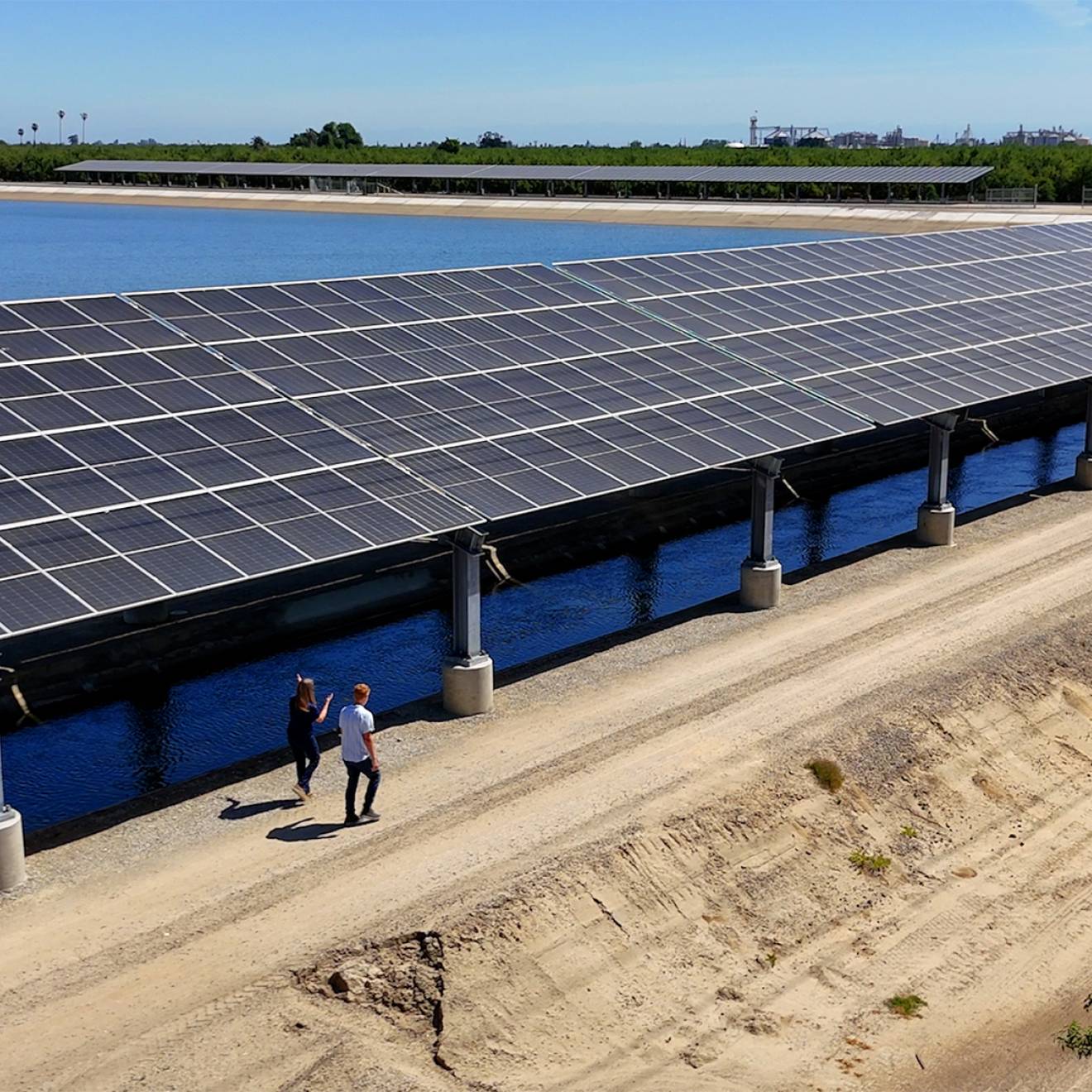If projections hold, the global demand for animal protein will double over the next four decades, rising along with pressure to find ecologically sustainable food production practices to help combat climate change. Could farmed fish save the day?
Just maybe, says UC Santa Barbara’s Steve Gaines. He and his team looked at wild-caught fish, farmed fish and land-based farming to assess the most viable long-term options.
The surprise: Fish farming floated above the rest, both for ecological and economic reasons.
But there’s one big catch: Aquaculture has gotten a bad rap with American consumers.
“I meet people all the time who say, ‘I will only eat wild fish because aquaculture is bad,’” said Gaines, dean of the Bren School of Environmental Science & Management at UC Santa Barbara.
Gaines has been working to change minds about aquaculture, speaking at conferences around the country like this week’s Monterey Bay Aquarium Sustainable Foods Institute.
While some forms of aquaculture can harm the environment, others have a much lower impact, especially when compared to raising livestock – and in some cases even compare favorably to an entirely vegetarian diet, he said.
“The analysis shocked us. It completely changed my perspective,” Gaines said. “There are some really bad ways to do aquaculture, but if you look at best practices, they are dramatically better than any production on land. In many cases, it’s 50 to 100 times higher environmental impact to produce on land than in the ocean.”
Limits of wild fish
As part of UC’s Global Food Initiative, Gaines and his team analyzed global fish stocks. They found that increasing the productivity of wild-caught fish would only meet 5 to 10 percent of global demand.
They compared land-based options such as goats and sheep and were floored to find that feeding the 2050 world population would require converting the equivalent of 75 percent of South America into new food production. When they penciled the numbers, aquaculture surfaced to the top: aquaculture can feed more people in less space than any other option.
The life-cycle assessment took into account such things as the area used for food production and the cost of feed and fuel and how they impact greenhouse gases.
The lowest environmental impact came from unfed aquaculture such as clams, mussels, oysters and seaweed, which can grow without being fed fish meal.
Farmed salmon, trout and other fish that require feeding have a higher environmental impact, Gaines said, but that impact will likely be reduced in coming years as researchers find better ways to feed fish, including developing food from bacteria and yeast.
“We should be encouraging the best sustainable practices in aquaculture,” Gaines said.
Aquaculture rising
Currently, meat is the largest source of animal protein consumed globally, accounting for more than two-thirds of the total. Fish consumption has increased since 1980, and the mix of farmed versus wild-caught fish also has changed. Aquaculture now accounts for nearly half of all seafood, up from just 10 percent in 1980. By 2030, aquaculture is projected to provide close to two-thirds of global fish consumption, with Asia accounting for the bulk of that. The fastest growing types of farmed fish are expected to be tilapia, carp and catfish.
“There’s not enough wild fish to feed us all,” said Ryan Bigelow, program engagement manager for the Monterey Bay Aquarium’s Seafood Watch, which helps consumers and businesses choose seafood that’s caught or farmed sustainably. “There’s no scenario where aquaculture is not part of our food future. If we’re going to do it, we should do it well. There are good options out there.”
Scaling up solutions
To prepare for the shift, UC Santa Barbara’s Sustainable Aquaculture Research Center is helping to develop environmentally sound solutions for fish farming around the world, and looking at the policy shifts that could support it.
In California, the center is working with fish farmers and legislators to advance offshore and onshore marine aquaculture, with the goal of identifying best practices and minimizing environmental impacts. In Mexico, the center is collaborating with others to assess the feasibility of enhancing populations of the totoaba (large sea bass) and Catarina scallop through aquaculture. The center also is working with UC San Diego researchers to compare the ecological and human health effects of different aquaculture habitats (offshore, coastal, land-based) and what this might mean for the development and regulation of aquaculture in California and globally.
Meanwhile, Gaines and his colleagues aren’t ignoring wild fisheries. Indeed, UC Santa Barbara is partnering with others to preserve the sustainable health of fisheries from Maine to Mozambique.
A UC Santa Barbara-Columbia University study found that factoring in climate variability may enable fishery managers to protect New England cod stocks from future collapse.
In another example, UC Santa Barbara is partnering with the Environmental Defense Fund and Rare on Fish Forever, which is empowering small-scale fishers in coastal communities of Belize, Brazil, Indonesia, Mozambique and the Philippines to sustainably manage their fisheries.
“Find out what works and scale that,” Gaines said. “If you fix fisheries, you catch more fish and you make more money.”
Thinking about food? Watch below to see how our everyday food choices can make a big difference when it comes to fighting climate change.


